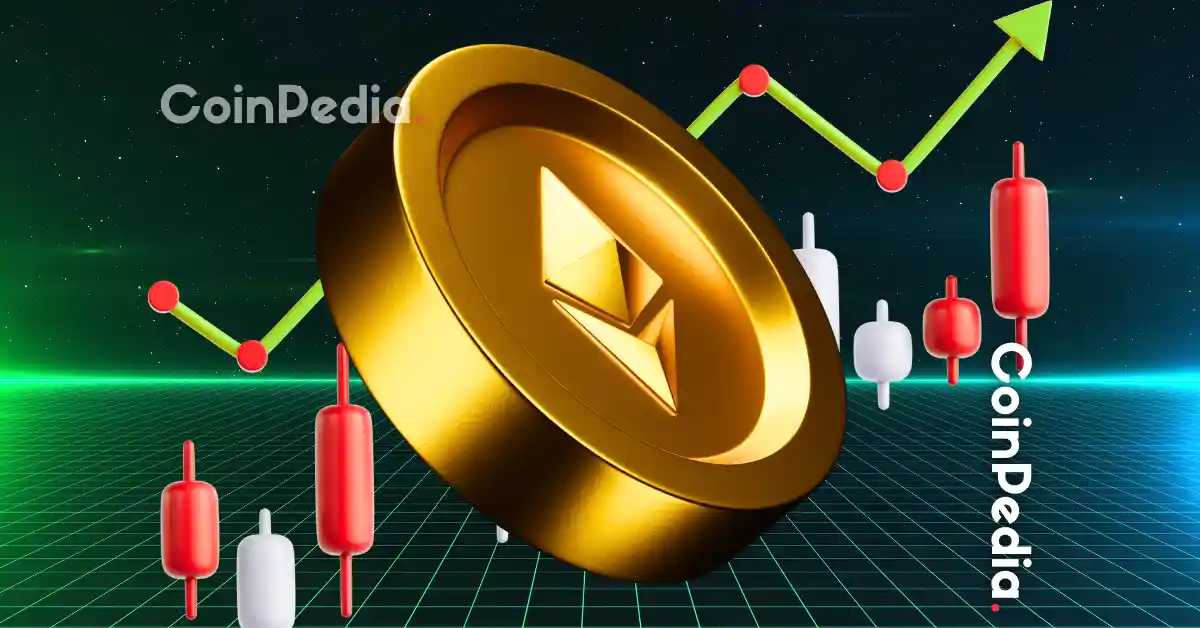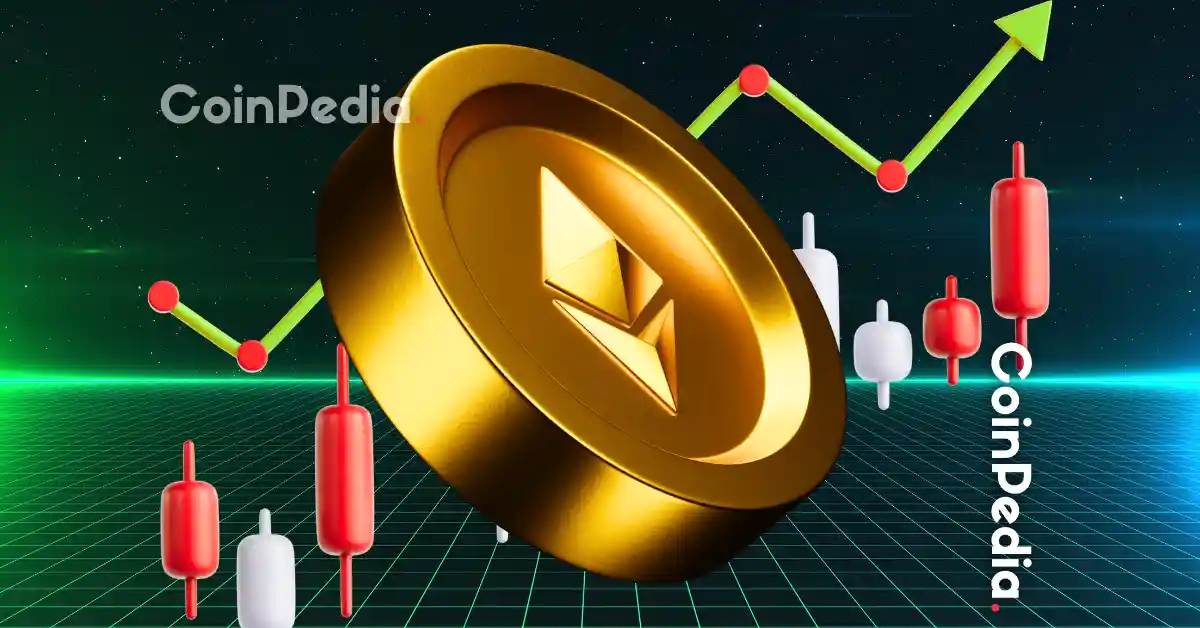Unpacking Joe Lubin’s Ambitious Ethereum Accumulation Strategy
Joe Lubin’s declaration that “We’ll Accumulate More Ethereum Than Any Project” has sent ripples through the cryptocurrency world. This bold statement from the ConsenSys co-founder and Ethereum co-founder isn’t just about amassing digital assets—it’s a strategic vision that could reshape the Ethereum ecosystem. To understand the significance of this ambition, we need to examine the motivations, challenges, and potential impacts of such an accumulation strategy.
The Strategic Vision Behind Ethereum Accumulation
Lubin’s statement isn’t merely about financial gain. It represents a multifaceted strategy that aligns with ConsenSys’s broader mission to support and expand the Ethereum ecosystem. The accumulation of Ethereum serves several critical purposes:
Fueling the Ethereum Network
Ethereum is the lifeblood of the Ethereum network, powering everything from smart contracts to decentralized applications (dApps). By accumulating more Ethereum, ConsenSys ensures the network has the resources it needs to operate efficiently, especially as adoption grows and transaction volumes increase. This accumulation can also be used to incentivize developers, support promising projects, and fund research and development initiatives that drive the ecosystem forward.
Strengthening Decentralization
A more distributed ownership of Ethereum helps safeguard the network against centralization risks. By accumulating and strategically distributing Ethereum, ConsenSys can contribute to a more decentralized and resilient network. This aligns with the core principles of blockchain technology, fostering a more equitable and transparent ecosystem.
Driving Innovation and Adoption
Accumulating Ethereum allows ConsenSys to invest in innovative projects that push the boundaries of what’s possible with the technology. This could include supporting the development of new scaling solutions, privacy-enhancing technologies, or decentralized finance (DeFi) applications. By fostering innovation, ConsenSys aims to drive wider adoption of Ethereum and solidify its position as the leading blockchain platform.
Strategic Positioning
Holding a significant amount of Ethereum grants ConsenSys considerable influence within the Ethereum ecosystem. This influence can be used to shape the direction of the network, advocate for specific improvements, and ensure that the interests of its users are represented. In a rapidly evolving landscape, strategic positioning is crucial for maintaining a competitive edge and contributing to the long-term success of the platform.
The Current Ethereum Landscape
To understand the magnitude of Lubin’s claim, it’s essential to examine the current distribution of Ethereum. While precise figures are difficult to obtain due to the pseudonymous nature of blockchain addresses, some key players and trends are evident:
Early Adopters and Whales
Individuals and entities that acquired Ethereum early on, often during the initial coin offering (ICO) or in the early years of the network, hold a substantial portion of the total supply. These “whales” have significant influence over the market and can impact price movements through large transactions.
Cryptocurrency Exchanges
Exchanges like Coinbase, Binance, and Kraken hold significant amounts of Ethereum on behalf of their users. These holdings fluctuate based on trading activity and user deposits, but they represent a significant concentration of Ethereum within centralized platforms.
Decentralized Finance (DeFi) Protocols
DeFi protocols like Aave, MakerDAO, and Compound hold large amounts of Ethereum as collateral for loans and other financial services. This Ethereum is locked within smart contracts and plays a critical role in the functioning of the DeFi ecosystem.
Enterprise and Institutional Investors
Traditional financial institutions and corporations are beginning to accumulate Ethereum as part of their investment portfolios or to explore potential use cases for the technology within their businesses. This trend is expected to continue as the cryptocurrency market matures and becomes more integrated with the traditional financial system.
Ethereum Foundation
While not primarily focused on accumulation, the Ethereum Foundation holds a significant amount of Ethereum to fund research, development, and community initiatives aimed at supporting the long-term growth of the network.
Challenges and Opportunities
Achieving the goal of accumulating more Ethereum than any other project presents significant challenges and opportunities:
Challenges
- Market Volatility: The price of Ethereum is notoriously volatile, making it difficult to predict future accumulation costs. Significant price swings can impact the feasibility and profitability of any accumulation strategy.
- Competition: Other entities, including institutional investors and cryptocurrency funds, are also actively accumulating Ethereum. This competition can drive up prices and make it more difficult for ConsenSys to acquire large quantities of the cryptocurrency.
- Regulatory Uncertainty: The regulatory landscape surrounding cryptocurrencies is still evolving, and new regulations could impact the ability of ConsenSys to accumulate and hold Ethereum.
- Security Risks: Holding large amounts of Ethereum exposes ConsenSys to security risks, including hacking and theft. Robust security measures are essential to protect these assets.
Opportunities
- Strategic Partnerships: Collaborating with other organizations and projects within the Ethereum ecosystem can provide access to new sources of Ethereum and facilitate strategic accumulation efforts.
- Staking and Yield Farming: Participating in staking and yield farming activities can generate passive income in the form of Ethereum, which can be reinvested to further accelerate accumulation.
- Technological Innovation: Developing innovative technologies and solutions that drive demand for Ethereum can increase its value and make accumulation more profitable.
- Ecosystem Growth: Contributing to the growth and development of the Ethereum ecosystem can increase the overall value of the network and the value of ConsenSys’s Ethereum holdings.
Strategies for Accumulation
Given the challenges and opportunities, ConsenSys likely employs a multifaceted approach to achieve its accumulation goals. This could include:
- Direct Purchases: Buying Ethereum directly from cryptocurrency exchanges and over-the-counter (OTC) markets.
- Venture Investments: Investing in early-stage Ethereum-based projects and receiving Ethereum tokens as part of the investment.
- Strategic Acquisitions: Acquiring companies that hold significant amounts of Ethereum or that have the potential to generate Ethereum revenue.
- Staking and Yield Farming: Participating in staking and yield farming activities to earn passive income in the form of Ethereum.
- Mining (Prior to the Merge): Contributing to the network’s security and earning Ethereum rewards through mining activities (relevant before the Ethereum Merge).
- Ecosystem Development: Supporting and contributing to the growth of the Ethereum ecosystem, which indirectly increases the value of their existing holdings.
Conclusion: A Bold Vision for the Future
Joe Lubin’s declaration reflects a deep commitment to the Ethereum ecosystem and a belief in its long-term potential. Whether ConsenSys can achieve its ambitious goal remains to be seen, but the pursuit of this objective will undoubtedly shape the future of Ethereum and the broader blockchain landscape.
A Catalyst for Growth
Lubin’s statement serves as a powerful catalyst for growth within the Ethereum ecosystem. By setting such a bold objective, ConsenSys is not only signaling its own commitment but also inspiring others to invest in and contribute to the network’s development. This ambition fosters a spirit of innovation, collaboration, and healthy competition that ultimately benefits the entire Ethereum community. The very act of pursuing this goal, regardless of whether it is fully achieved, will undoubtedly accelerate the adoption and maturation of the Ethereum platform.












